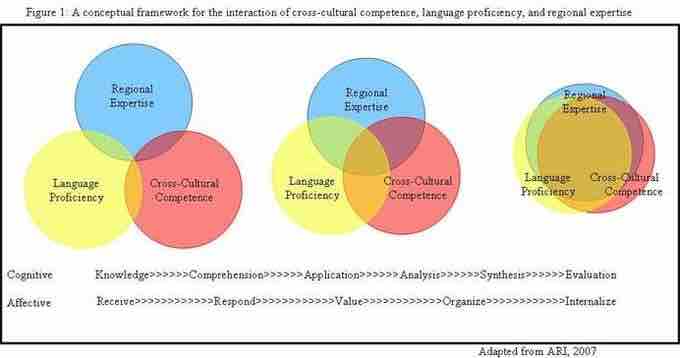Diversity and Barriers
Barriers to effective communication can distort a message and its intention, which may result in failure of the communication process or damage to a relationship. These barriers include filtering, selective perception, information overload, emotions, language, silence, communication apprehension, gender differences, and political correctness.
By definition, diversity brings a wider range of views, and having a wide range of views is essential to an organization's success. In addition, as teams are becoming increasingly global, diversity can help an organization or team understand its place in its surroundings.
But a diverse team environment can also cause challenges. Some individuals' views may challenge those of the larger team. Preconceived notions about differences in other people—such as racism, sexism, ageism, homophobia, etc.—disrupt work processes and can prevent teams from achieving their goals. Because of this, diverse teams must keep several important considerations in mind at all times to ensure effective communication.
Communicating in Diverse Teams
The main benefit of a diverse background is that it fosters a creative environment. The main pitfall is that differences between team members can lead to destructive conflict, most often due to communicative failures. As a result, companies must equip their employees with the tools to prevent potential conflicts before they ever arise.
The most effective way to ensure proper communicative efficiency in diverse teams is to improve intercultural competence. Intercultural competence is simply the ability to communicate with different groups and cultures effectively and appropriately—"effectively" meaning that shared goals are being accomplished, and "appropriately" meaning doing so without violating the values, norms, relationships, or expectations of others.
Intercultural competence is a widely studied area of organizational communications and behavior. One model outlines the three following components as being at the core of a culture-savvy individual: regional expertise, language proficiency, and cross-cultural competence.

Intercultural competence
This figure underlines three useful perspectives to keep in mind when working with diverse teams. People should work to understand relevant languages, regions, and cultural predispositions to avoid communicative misinterpretations.
Other Issues in Diversity
Of course, intercultural considerations are only some of the issues that arise in diverse teams. Further differences such as sexual orientation, gender, political views, age, and special needs are also highly relevant and are critical to consider for communicative success.
The greatest takeaway here should be the power of empathy. The ability to recognize someone else's perspective (and therefore how they may interpret what you say) is absolutely central to avoiding issues in communication between different groups. In any communicative setting, whether you are speaking or writing or listening or reading, keep in mind the possible interpretations of individuals whose perspectives and predispositions may differ from yours.